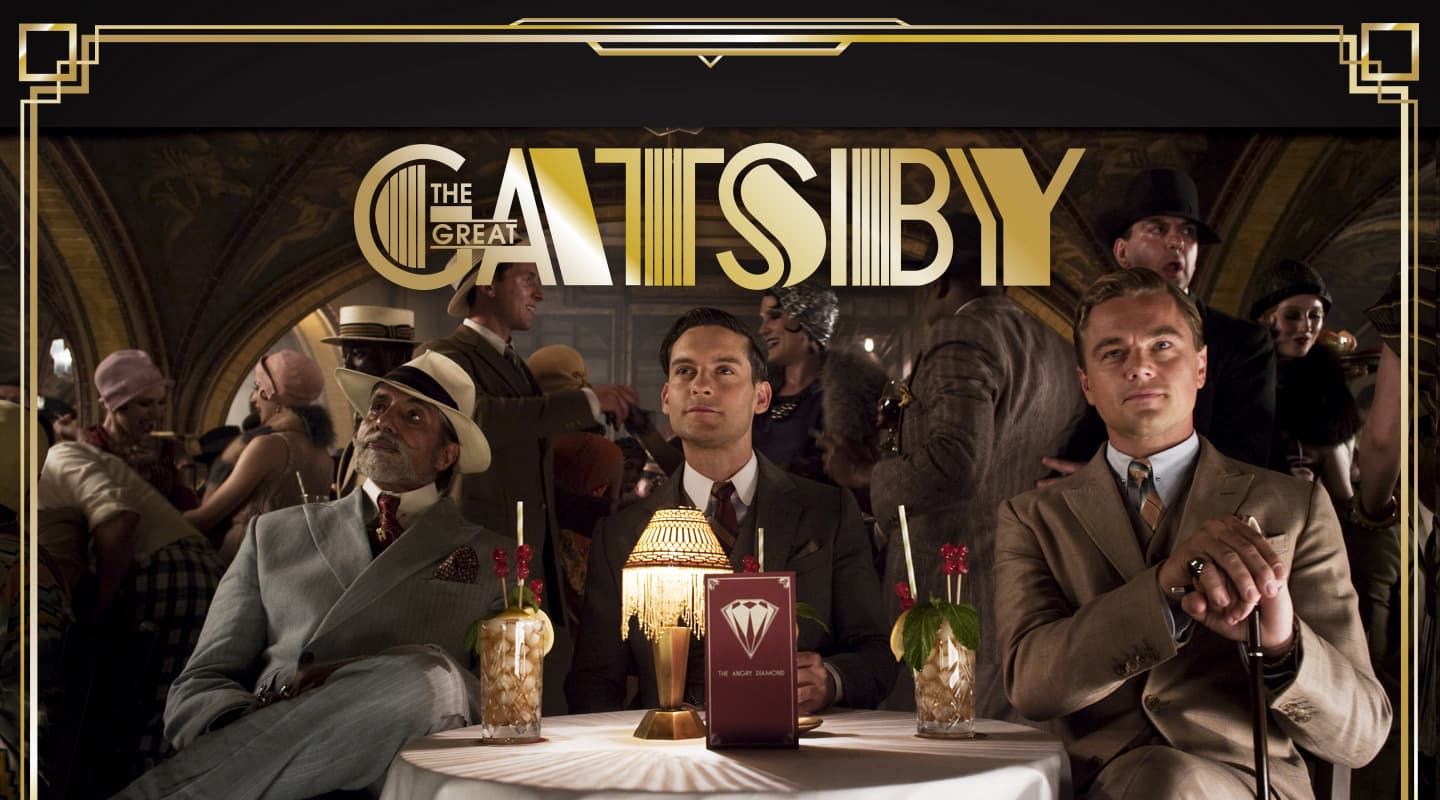
The Great Gatsby
The budget is huge, the stakes are high and the pressures are enormous. AT goes behind the scenes to understand what it takes to work on a Baz Luhrmann epic.
Story: Christopher Holder & Abigail Sie
No one’s wingeing. Especially not after you actually see the film. Love it or hate it (and a Baz Luhrmann film does tend to polarise) The Great Gatsby is a sumptuous production where music and, indeed, audio commands a very prominent position. But working on a Baz film is not just a job, it’s an ordeal. And I mean ‘ordeal’ in the medieval sense of the word: where key personnel are driven to the very edge of their capacities and endurance, then on… right off the scale to the point of physical and mental collapse.
Like I said, no one’s wingeing. Most of Baz’s team has worked with the director before and know exactly what they’re signing up for. And none of this is some kinda trade secret, it’s common knowledge and on the public record just how challenging it is to work with Baz.
When you hear professionals talk about Baz, he’s described as a force of nature. A disarmingly charming raconteur. A visionary. An iconoclast. A reactionary even. Naturally, what’s implied very often is the Yin to the Baz Yang: a side that’s as often infuriating as it is inspiring, a dimension that can simply make you sit in a dark corner and weep as much as it can elevate you to places you didn’t know you could go.
In short, working on a Baz film will leave you utterly spent.
BLOCKBUSTER BUILDUP
AT caught up with a number of the key audio personnel in the weeks after The Great Gatsby’s completion. For these guys there was still some of the demeanour of a hostage victim fronting the media for the first time after a year in solitary confinement.
And it has been about a year. Last March Tim Ryan, Supervising Music Editor, fired up the Gatsby machine at Trackdown Studios, Sydney, where he’s one of the directors/owners. Meanwhile, Sound Designer and Re-recording Engineer, Wayne Pashley, was collecting sounds and working out of his Big Bang Studio in Sydney. But it wasn’t until the beginning of this year that the Gatsby machine really kicked into overdrive. Wayne, Tim and fellow mix engineer Phil Heywood de-camped to StudioOne, at Deluxe in Sydney.
During the ensuing three months the final mix of the key audio components — dialogue, atmos, FX, and music — came together. And here’s where you had to grit your teeth and keep yourself ‘nice’ because the final mix was never final.
What’s hard to describe is how often the goal posts moved. In fact, more than that, how often the goal posts were replaced, or turned upside down, painted mauve, chopped into random toothpicks, and glued back together to form the statue of David. The movie was edited endlessly almost until the moment it was delivered.

FLAPPERS TO RAPPERS
Much has been made of how the music is like another character intricately woven into the film. Leading the charge was Jay-Z, taking on the role of Executive Producer and ensuring the sound track would have the necessary street cred. He, Baz and his long-time lieutenant Anton Monsted, worked to harness the energy and riskiness of modern day artists to evoke the danger and excitement of the fresh jazz sounds of the Gatsby era. Wayne Pashley elaborates:
Wayne Pashley: Baz made an interesting call with music. He put himself in the position of Fitzgerald, back in 1922, when jazz was new. Louis Armstrong was just hitting his stride and all that big band material was very new. So with that same concept, he took what Gatsby would be experiencing today in modern music, and put it in this film.
The great thing he did, though, was not just throw in a Jay-Z rap. He combined it with extraordinary material from the Bryan Ferry Jazz Orchestra. And now you have tunes of that era intermixed into Jay Z, Will.i.Am, Fergie, The XX.
It’s a mash of styles that actually does relate to what was probably happening in 1922 in the way Fitzgerald would have seen it; that sort of new age of music and the excitement of it. It’s a great strength of the film.
AT: Was it difficult to pull together something that resembled a common DNA throughout the underscore and the featured songs?
Tim Ryan: It was a big challenge. Often the source cues were augmented by newly recorded jazz overlays, giving them that common DNA you’re talking about. Craig Armstrong’s score you could say lived in a fairly traditional place, as underscore in the movie, and would be used to expose some of the main themes — the Gatsby theme, the Dark Gatsby theme — they could anchor the whole sound track. Then the source music could be the breakouts from that.
But it was those jazz underpinnings that helped to glue it together. And when you marry that to the picture it all helps to make sense.
WP: One of the biggest challenges was the use of voiceover against that sort of music. It’s Nick Carraway [the narrator] telling the story and no one is going to thank you if the voiceover is not heard.
And with so much voiceover it’s sometimes quite a compromise between where you feel you want to push the music and let the voice tell the story in a natural and smooth way. I hope we’ve succeeded there.
AT: Did the music arrive in such a way that it was easy to control in the mix?
WP: It depended on the artist delivering it and their understanding of the requirements of film, in terms of stereo versus 5.1, things like that. That was probably the biggest deal for us, to make them understand that we needed the mono track so we could then segue into 5.1 on the vocals, for example. And Tim mentions the score [written by Craig Armstrong who worked on Moulin Rouge with Baz], which is absolutely sensational and really acted as subtext. Plus, it was a joy to mix because the themes Craig wrote are so rich, yet had so much air in them that they never stepped on the dialogue.
AT: Music really is the star here.
TR: It’s wall to wall music. In fact, I can only think of one scene in the entire film without music.
WP: Yes, and there’s an interesting story there as well. It’s an eight-minute scene and the climax of the film — a showdown of the protagonists — and Baz always maintained there would be no music.
In the book this scene is also set on the hottest day of the year. Each character had a fan blowing on them; porters were bringing in buckets of ice. That was probably the most challenging thing, to get the heat happening and, when it comes to audio, it’s pretty hard to get heat happening without insects.
Basically, New York City and the fans in the room were used like score. We started by using the city and all its construction and making it musical: horns, the construction of the Empire State Building, distant hammering and sirens. Then we recorded all of the 1920s fans on each character and used the different tonal aspects of each, even down to rattling of the blades and things like that, to increase the tension. Plus ADR, breathing, all those sorts of things, it all came together in the mix and then we would play it back and work out where the moments of tension needed to be put and where we should move away.
The performance of the cast is extraordinary. So I hope we’ve backed them up.
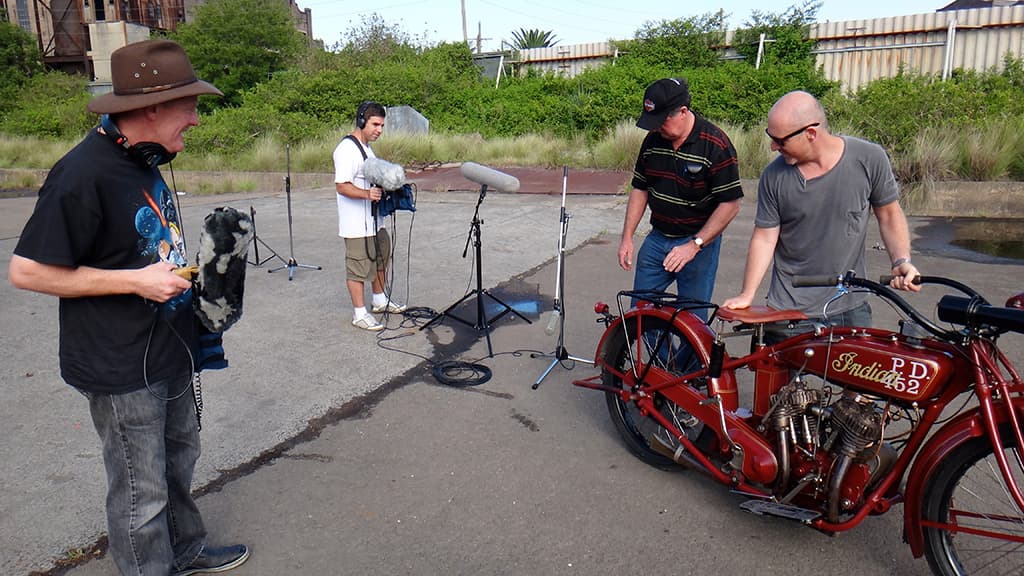

TECHNICALLY
AT: I’m guessing in those last three months of the final mix the number of audio channels to deal with was astronomical?
TR: Technically, it was a lot to wrangle. As far as the music goes, each orchestral cue would typically comprise 15 stems, 5.1 wide (90 tracks). Then there would be overlaps [one cue running into another] with the same number of tracks again (180 tracks). Then we would have the breakout tracks as well that could easily be 100 tracks wide, what with multiple vocals, jazz overlays… the trackcount very easily racked up.
I recall for Spool 2 we hit the 512-voice wall a couple of times and had to strip it back.
For the final mix we would have our own music rig on the mix stage. I would be there with my pre-mixed music mixes, and I’d send stems to Wayne and Phil via 48 outputs from my ProTools I/O.
That might sound like a lot to have active at any one time. But we needed to keep all our options open, even so late in the process. The demands on Baz were such that it was a struggle to get enough review time with him and sign-off on the finals. Combine that with Baz’s penchant for constantly reinventing material right up to the 11th hour and you really did need to remain as flexible as you possibly could.
WP: It was a lot to deal with but I have to give credit to the crew and how efficient we became. We could turn around a 20-minute spool in a day. Besides the conform [realigning/adjusting the audio to match the newly edited visuals], suddenly we might spot a steam train passing through an environment that wasn’t there before. So the steam train would get tracklayed and we’d hit the mixing stage (StageOne at Deluxe) by 5:30 that afternoon, we’d conform the Neve and we would mix it in live, no predub first, and we’d be done by 8:00. So that’s how fast we were able to pull it together. That went on for three months.
AT: How did you tool up to deal with the onslaught, Tim?
TR: When the workload was ramping up in 2012 and Craig Beckett joined me at Trackdown as a music editor, I realised there was no way — with the amount of material coming in — that we were going to be able to maintain our own local versions and keep them in sync. So we installed a Synology NAS (server) system.
Also around that time we upgraded our ’Tools rigs to HDX2 on fully-loaded Mac Pros. I could see that there was no way we were going to be able to cover this with 256 voices. One thing that made life faster and easier to respond to changes, was to have the tempo maps from all the orchestral recordings — any tempo maps we could get our hands on. Work in tempo maps always made things a whole lot faster.
The other thing to note was the project was entirely in 48k. I don’t think we could have done this film in 96k. It would have been too wide.


THE ART & SCIENCE
AT: Just to go back a step. Wayne, how did you approach the overall sound design of this film?
WP: The directive from Baz was quite simple but very potent. It was: Protect Fitzgerald.
Basically there were two authentic approaches as described in the book. One was the truth of New York back in 1922, which was a progressive city, full of life, a city of construction. Buildings were going up faster than any other city in the world. Then there was the Long Island set which were the rich establishment living in palatial escapes.
Dialogue was king, particularly in this case – you can’t afford to miss a word. Tom Buchanan, Daisy Buchanan, Myrtle Wilson, George Wilson – and with their dialogue came the embodiment of those words which is everything they’d wear. The costumes of the women, the jewellery, cigarette lighters, were all recorded as sound effects quite separate to foley which gave them a sense of great focus in terms of the Nick Carraway point of view [Nick being the book’s narrator]. I want to do a spoiler here because Baz has taken the fact that the book is written in first person and done an interesting visual device that allows the audience to experience Nick Carraway‘s subjective point of view of the world. Sound had to support that.
AT: And from your perspective Tim, given the importance of music to the film what’s the role of Music Editor?
TR: The edit is almost always picture driven — the music is chopped where the visual cuts are. So my job on receipt of the new cut is to try and restore the musicality of the edit; restore the melodies and beats so it’s musically satisfying.
It’s not always easy and you always have edits where you’re not entirely satisfied. You can do some little tempo changes under the bonnet that as a punter you may not notice, where the ear is distracted by the eye — there are workarounds.
Then there are some of the more satisfying musical edits. Early on in the film there’s the introduction to Gatsby, all set to Gershwin. That was a matter of making a three-minute Gershwin item out of a 17-minute performance. It was a challenge to make that as musically satisfying as possible.
Conforming the new edit to the music is a manual task. There are auto-conforming tools available to dialogue editors that work very well, but for music we can see where the music begins and starts from the guide tracks and we make those edits in between with an ear for what’s most musical and rhythmic.



Wayne Pashley, Fabian Sanjurjo and co. employed a variety of mics including the Sennheiser 816 and 416, Electro-Voice RE20, and Countryman radio mics. Normally, elements such as the sound of vintage fans, a supercharger, or a old-school typewriter would be the domain of the Foley artists, but as Sound Designer Wayne Pashley wanted hands-on control.
3D WORLD
AT: Wayne, how does the 3D finish affect the way you tracklay and mix?
WP: No matter where you care to look in that 3D world, you’ll be able to find a little sound to match. And that level of visual detail impacted on our mix. It’s such a busy screen, in terms of Catherine Martin’s amazing production design, that the eye could easily wander over here when in fact you want the audience to look over there. So we used foley, particularly foley ‘star’ sounds to help focus the audience. And because of the richness of detail in the 3D rendition, we found we could really push the surrounds so much more, actually lean on them, which helps envelop the audience into their world.
The environments, the atmospheres; quite a lot of times we were pushing the strings of the music to the back. Also a lot of hard FX and hit-points in the music were raised, to kind of push you into the world. The production design in the 3D is extraordinary.
EXTRA MILE
AT: So why go through the agony? Why endanger your health (both physical and mental) to be involved in a Baz Luhrmann film?
TR: The simple answer is: Baz can pull together a big budget production and how many are there of those in Australia? There’s him, George Miller, Peter Weir perhaps… they don’t come along that often. As a result, people will put in the extra work for the opportunity. It has to be said that Baz’s ‘shoot for the stars’ approach does inspire people.
WP: I’d support that. The inspiration from Baz as a leader is just extraordinary. We were all willing to go the extra mile because we knew we were working on something very special.
AT: Still, it takes a special kind of individual to thrive in that sort of environment.
WP: Sure, and we had a wonderful mixing crew with Steve Maslow and Phil Heywood. Phil was on effects and Steve on dialogue and music. I’ve worked with Phil Heywood for over 15 years. And, of course, I have worked with Steve before and knew he was one of the coolest guys on the planet, so I knew that he would work for Baz.
Steve’s prowess is in dialogue mixing and particularly EQ – I’ve never seen anyone as good at it. His command of the room in the final mix was tremendous – his ability to maintain a cool head was invaluable. It was a great team and one I hope to work with again because they were so much fun and so easy to communicate with.
AT: Writing about a Baz film is also tinged with sadness, given it reminds AT and our friends that Simon Leadley is no longer with us. [Simon was one of the founders of Trackdown, long-time AT contributor and veteran of a number of Baz films.] Tim, you worked with Simon for more than 25 years what was it like doing Gatsby without him?
TR: Simon always had a great overarching view of the whole production — something sorely missed. I certainly did find myself at times thinking: ‘What would Simon do in this situation?’. I could find the answer there; use his guidance in what I thought he would have done and that certainly helped get me through. At the end of the day I am sure he would have been proud of what we managed to achieve.
AT: It’s only been a few weeks since finishing, but what are your reflections?
TR: It’s a genuine challenge. You learn a lot about yourself and the profession you’re in. The lessons you learn? You have to: always be adaptable, never be precious, make changes quickly on the fly, know your material and try to understand your director.
Thanks to the Australian Screen Sound Guild (ASSG) for its help with the Wayne Pashley interview.



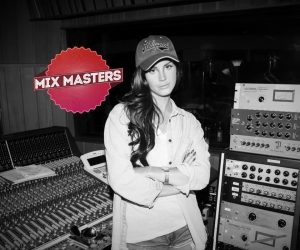






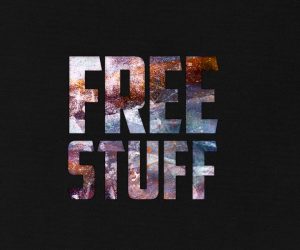


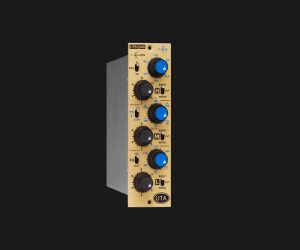


RESPONSES